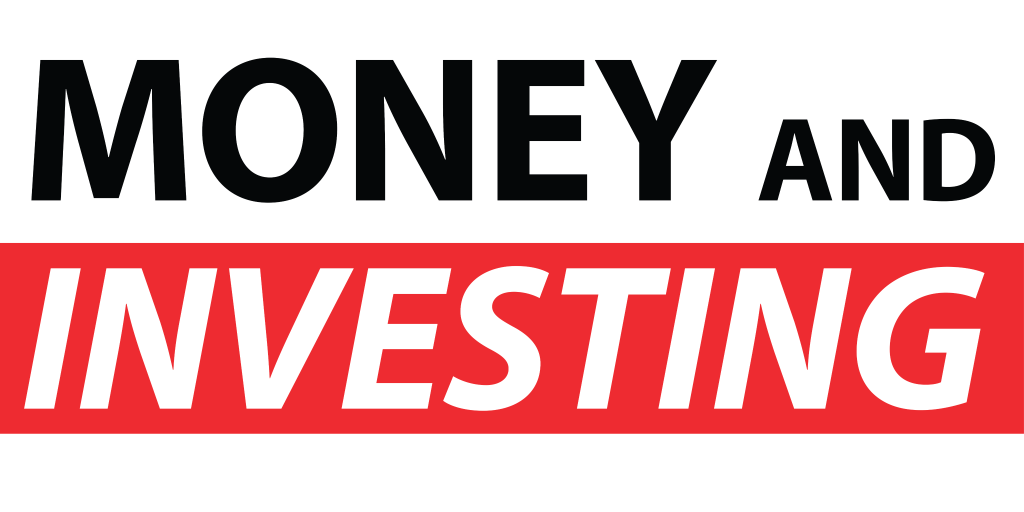When it comes to finance, there’s a significant difference between what you learn in school and what actually happens in the market. Academic theories can be useful, but they rarely account for the unpredictability of real-world investing. Today, we’ll explore some key differences between finance education and the realities of trading, focusing on practical insights that will help you make smarter financial decisions.
The Gap Between Theory and Reality
In finance school, you’re taught various models and theories that seem to explain how markets work. For example, the concept of “efficient markets” suggests that all available information is already reflected in stock prices. But in practice, market efficiency is a complex and often debatable topic. While markets may generally be efficient, they are also influenced by insider knowledge, institutional strategies, and human psychology—none of which are perfectly captured by academic models.
One of the major gaps is how financial theories can oversimplify complex systems. Take the idea of “ceteris paribus,” a Latin term meaning “all else being equal.” In economics, it’s used to isolate one factor in a model while assuming that everything else remains constant. However, in the real world, nothing ever stays the same—markets, consumer behaviour, and economic conditions are constantly in flux. Financial models that rely too heavily on this concept may lead to oversights in decision-making.
The Importance of Psychology in Investing
Another critical area often overlooked in academic finance is the role of psychology. Successful investing isn’t just about crunching numbers or understanding market trends; it’s also about recognising and managing human emotions like fear, greed, and uncertainty. In fact, understanding investor psychology can provide a significant edge in the market. Traders who grasp the emotional factors driving market behaviour—such as fear during a sell-off or greed in a bubble—tend to make better decisions.
For example, if you remember the GameStop frenzy from a couple of years ago, it wasn’t academic theories that caused the stock’s price to skyrocket. It was a collective wave of enthusiasm driven by social media, retail investors, and a unique set of psychological factors. Situations like this highlight why theories from finance school don’t always translate into real-world success.
Experience Matters: Learning on the Job
Many professionals in the financial sector will tell you that their real education didn’t happen in a classroom—it happened on the job. While you might spend years studying financial derivatives, options, and futures in school, much of the practical knowledge about how to profit from these instruments comes from hands-on experience. This isn’t to say academic learning is useless—it provides a foundation—but applying that knowledge in a dynamic and unpredictable environment is a different skill set.
Finance degrees often emphasise complex mathematical models and statistical methods, but in practice, these are frequently automated. For example, the Black-Scholes model for option pricing, a cornerstone of many finance curriculums, is calculated automatically by software today. This shows that while technical knowledge is important, it’s equally vital to understand the broader market context and the psychological forces at play.
Are Markets Really Efficient?
Many finance courses teach that markets are efficient, meaning that all available information is reflected in the prices of securities. But if that were entirely true, no one would be able to consistently “beat” the market. While market efficiency may hold in a general sense, various factors can create opportunities for those who know where to look.
Consider how some analysts use satellite images to estimate Woolworths’ quarterly earnings by counting the number of cars in its parking lots. This kind of outside-the-box thinking goes beyond the standard financial reports and earnings calls that many investors rely on. It demonstrates that while the theory of market efficiency might hold in some cases, innovative data analysis and unique perspectives can offer a competitive edge.
Beyond Shareholder Value
Another lesson often taught in finance school is that a corporation’s sole responsibility is to maximise shareholder value. While this may be true in theory, real-life examples show that companies often have to balance multiple priorities, including social responsibility, environmental concerns, and brand image.
Take Woolworths, for instance. In an effort to appear more socially responsible, the company spun off its liquor business, Dan Murphy’s, into a separate entity. While this may have improved the company’s image, shareholders weren’t necessarily better off financially. These kinds of decisions illustrate the trade-offs between corporate governance and shareholder returns, a topic not always explored in the classroom.
History and the Stock Market: Do Patterns Repeat?
You might often hear that history repeats itself in the stock market. While it’s true that market patterns can resemble past events, each situation is unique. For example, while the tech sell-offs during the dot-com bubble in 2000, the global financial crisis in 2008, and the recent Covid-19 pandemic share some similarities, they were driven by different factors and had distinct consequences.
Each financial crisis or market correction teaches us that while broad patterns may exist, the specific triggers and market responses are always evolving. Understanding this can help you stay adaptable and responsive to new information, rather than relying solely on historical precedents.
Conclusion
While finance education provides a useful foundation, it doesn’t always prepare you for the complexities of the real world. Practical experience, psychology, and a keen understanding of the current market environment are equally, if not more, important. By combining theoretical knowledge with real-world insights, you can navigate the financial markets more effectively and make informed decisions that drive success.



